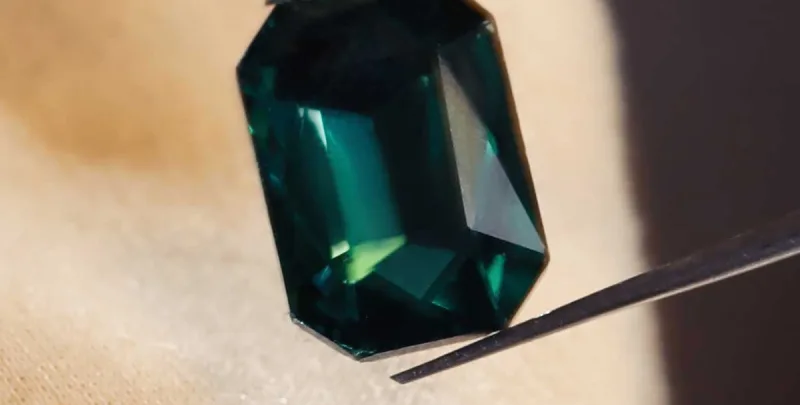Assetsure specialise in the Insurance of Jewellery Here is our guide to the most popular Types of Precious Stone found in jewellery.
Precious stones have been used by way of personal adornment for
centuries. Jewellery has been worn for thousands of years, with the
oldest known rudimentary beads discovered in 2006, dating back over
100,000 years. These days, gem stones are used in a myriad of ways, from
engagement rings, wedding bands, brooches, pendants and earrings to
couture clothing and decoration of gadgets and phones. Traditionally the
four stones that are considered precious are Diamonds, Rubies, Emeralds
and Sapphires.
Diamond
Apparently
a girl’s best friend, and arguably the best known fine gem in the
world, the noble Diamond is the hardest mineral known to man, with a
score of 10 on the Mohs scale. Taking its name from the Greek for
“unbreakable” the diamond is truly a remarkable and exquisite material.
It is a favourite for high end jewellery, fine jewellery and wedding
jewellery due to its outstanding lustre. Diamonds easily retain a highly
polished surface, due to the fact that they can only be scratched by
other Diamonds.
Although traditionally clear, Diamonds can also be blue, yellow,
green, purple, pink, orange and even red. A brilliant cut, clear Diamond
set in Platinum is a popular choice for high end engagement rings,
although Diamonds can be set in Gold, white gold and occasionally
silver.
Ruby
Referred
to as the Gemstone of the Sun, the Ruby is a crystalline form of
Aluminium Oxide. Rubies are actually very closely related to Sapphires;
however they are coloured pink to deep tones of scarlet due to the
presence of Chromium in their structure. With a score of 9 on the Mohs
scale Rubies come second only to Diamonds in regards to hardness.
The most valued Rubies are those with the deepest, most intense
colour. Associated with love, passion and romance they are a favourite
as engagement rings. Prince Andrew famously presented Fergie, Duchess of
York with a ruby engagement ring when he proposed, sending the
popularity of Ruby engagement rings soaring.
Emerald
Columbia
and Brazil are renowned for their Emerald mines. Emeralds are the
birthstone of May and, traditionally, the gift to be given on a 55th
Wedding Anniversary. They are a formation of Beryl with trace amounts
of Chromium and sometimes Vanadium, giving them their deep, forest green
colour. With a score of only 7.5-8 on the Mohs scale, Emeralds are not
quite as hard as Rubies or Diamonds. A high quality, fine Emerald can
actually be more expensive than a Diamond.
Unlike many other gemstones, Emeralds are graded by eye, without the
use of a magnifying device. An Emerald that appears to have no
inclusions when viewed with the naked eye is considered to be flawless.
Sapphire
No
Sapphire is more famous than the one set in Kate Middleton’s engagement
ring, a huge 12 carats of intense blue beauty. Sapphires are usually
coloured by iron and titanium in the crystalline structure. A close
sister stone of the Ruby, the Sapphire shares a hardness score of 9 on
the Mohs scale. But did you know that not all Sapphires are blue? They
can also be yellow, orange, and pink. green, colourless or even black!
Sapphires are often heat treated. They are subjected to heats of up
to 1,800 degrees Celsius, essentially “burning off” any impurities
within the stone. This can enhance the stone’s colour but can, in fact,
actually reduce its value as it is no longer natural.
One thing that all of these precious stones have in common is that
they hold value. Not just monetary, but quite often sentimental value
too, which is why it is important to make sure your jewellery and
gemstones are adequately insured.


























